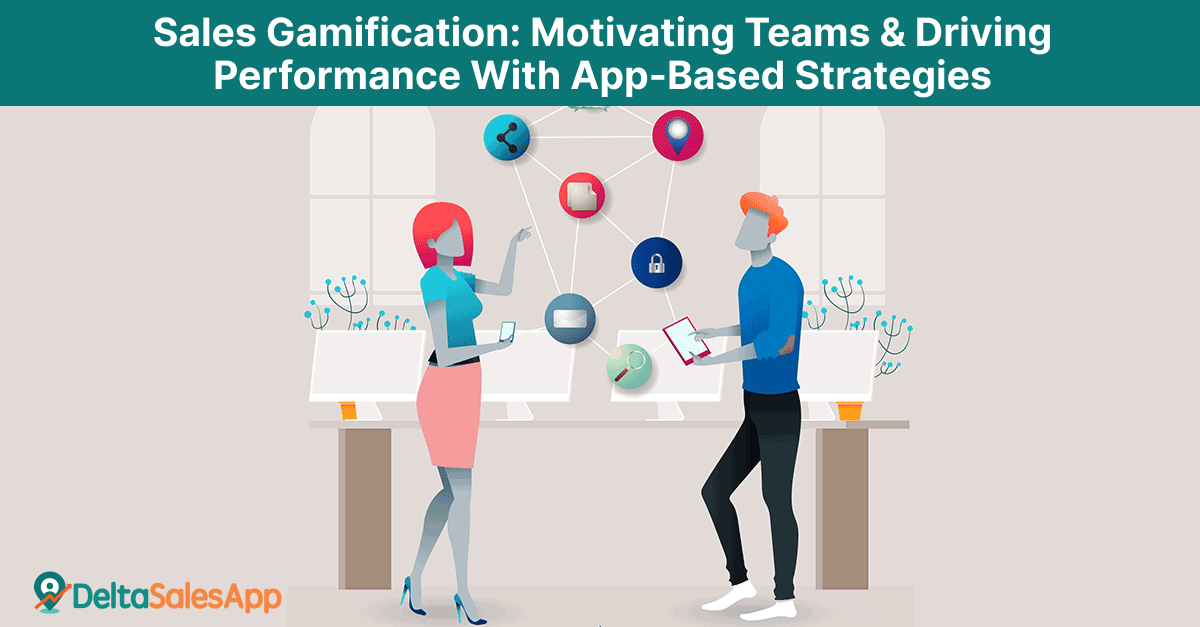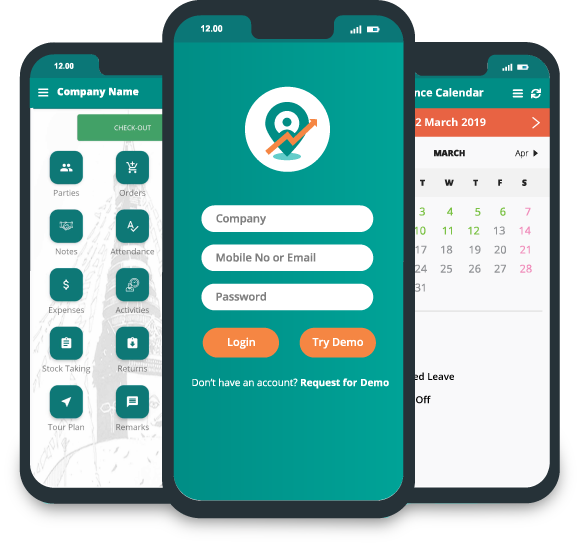Sales Gamification: Motivating Teams & Driving Performance With App-Based Strategies

Table Of Content
In the competitive landscape of today's business world, motivating sales teams to achieve peak performance is a constant challenge. One innovative solution that has gained traction is Sales Gamification, an engaging approach that utilizes app-based strategies to inspire teams, enhance productivity, and drive impressive results. This article dives deep into the world of sales gamification, exploring its benefits, strategies, and the ways it can revolutionize your team's performance.
Sales Gamification: Motivating Teams and Driving Performance with App-Based Strategies
Sales gamification is more than just a buzzword; it's a transformative approach that taps into human psychology and competitive spirit to achieve remarkable sales outcomes. By integrating gaming elements and app-based strategies into the sales process, organizations can create an environment that excites and motivates sales teams.
The Psychology Behind Gamification
At its core, sales gamification capitalizes on our innate desire for achievement, recognition, and friendly competition. It taps into the pleasure centers of our brains, releasing dopamine—the feel-good neurotransmitter—when we achieve goals or win challenges. This psychological phenomenon creates a positive feedback loop, driving sales reps to strive for excellence consistently.
App-Based Strategies: The Digital Edge
In the era of smartphones and digital transformation, leveraging app-based strategies in sales gamification is a logical step. Apps offer instant accessibility, real-time updates, and interactive features that traditional methods can't match. Through dedicated sales gamification apps, teams can track their progress, receive instant rewards, and access leaderboards that foster healthy competition and camaraderie.
The Benefits of Sales Gamification
Sales gamification offers a plethora of benefits that extend beyond merely increasing revenue. Let's delve into some of the compelling advantages it brings to the table:
1. Enhanced Employee Engagement
Gamification injects an element of fun into the sales process, reducing monotony and increasing engagement. When employees are genuinely engaged, they are more likely to be productive, proactive, and committed to their roles.
2. Improved Learning and Skill Development
Gamified training modules encourage continuous learning. Sales reps can acquire new skills and product knowledge while participating in challenges, quizzes, and simulations. This not only boosts their confidence but also enhances their ability to engage clients effectively.
3. Data-Driven Performance Insights
Sales gamification platforms provide valuable data insights into team performance. Managers can identify top performers, and areas that need improvement, and even forecast future trends based on historical data.
4. Strengthened Team Dynamics
Healthy competition fosters camaraderie among team members. Collaborative challenges and leaderboards build a sense of community, encouraging employees to support and learn from each other.
5. Increased Sales and Revenue
Ultimately, the primary goal of sales gamification is to boost sales performance. By fueling healthy competition and motivating sales reps, organizations can experience a significant uptick in revenue and achieve their targets more consistently.
Strategies for Effective Sales Gamification
Implementing sales gamification requires a thoughtful approach to ensure success. Here are some proven strategies to consider:
1. Clear Goal Setting
Define specific, measurable goals for your sales team. Whether it's closing a certain number of deals or reaching a revenue milestone, clarity in objectives is essential for effective gamification.
2. Tailored Challenges
Create challenges that align with your team's strengths and areas for improvement. Tailored challenges keep the motivation high and ensure that sales reps are continuously engaged.
3. Real-Time Feedback and Rewards
Instant feedback and rewards keep the momentum going. When sales reps receive timely recognition for their achievements, they are more likely to stay motivated and strive for more.
4. Gamified Training Modules
Incorporate gamified training modules to onboard new hires and upskill existing team members. Interactive modules make learning engaging and memorable.
5. Dynamic Leaderboards
Leaderboards showcase individual and team achievements, fostering healthy competition. Regular updates on the leaderboard maintain excitement and encourage consistent effort.
Conclusion
Sales gamification is more than a trend; it's a strategic tool that organizations can leverage to inspire, motivate, and drive remarkable sales performance. By combining the power of human psychology with app-based strategies, companies can create an environment that encourages continuous improvement, healthy competition, and a shared sense of accomplishment. Embrace sales gamification today and witness the transformation in your team's performance.
Message on Whatsapp
You can get in touch with us using Whatsapp. Send us a message and we'll get back to you a soon as possible

_1743597019-resized320.png)
_1743596917-resized320.png)
